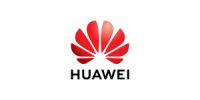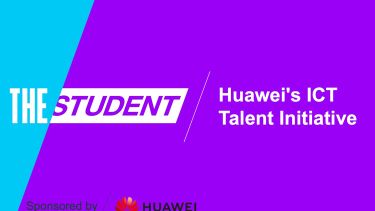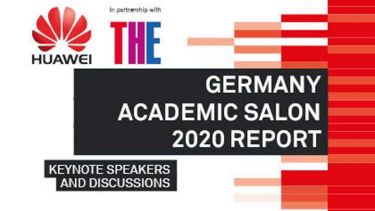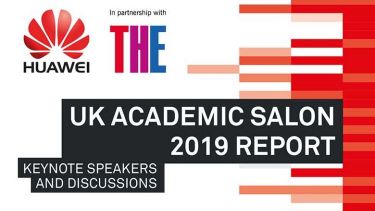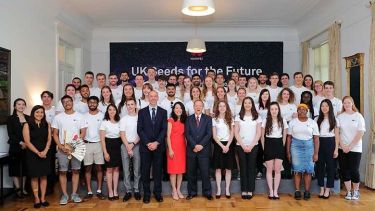
Huawei senior vice-president Amy Lin unveiled a vision for the future at the Times Higher Education Research Excellence Summit
For Huawei, building connections has been central to its success as a global information and communications technology company. To date, its collaborations with partners, customers and academic researchers have connected 3 billion people in more than 170 countries and regions.
Central to this programme are its close collaborations with universities and research institutes around the world, taking investigations out of the lab and evolving them into practical applications. Huawei has established 44 research centres in 19 countries, sponsored more than 1,200 research projects and worked with 300 higher education institutions.
Speaking at the 2018 Times Higher Education Research Excellence Summit, Huawei senior vice-president Amy Lin introduced the company’s new vision to an audience of university leaders. It focuses on how Huawei aims to bring digital accessibility to every person, home and organisation.
Research into new digital technologies is central to Huawei’s mission, with its research process described as: “converting money into knowledge”. Huawei consistently invests more than 10 per cent of its annual revenue into research and development. This includes the Huawei Innovation Research Program (HIRP), a platform it uses to collaborate with researchers around the world. Ms Lin explained how important it was for Huawei to “drink coffee” with global experts and how HIRP has become a virtual coffee shop for universities and research institutes around the world. “Here we can exchange ideas, share technology and explore partnerships. It’s a platform to talk about ideals and practical reality,” she said.
There are three key elements to HIRP: Exploratory, Open and Flagship. Exploratory is the “coffee drinking” aspect, bringing together ideas at technical summits and forums or engaging with researchers to support their academic explorations. Open covers the technical domains that Huawei is interested in, soliciting proposals for innovation from institutions around the globe. Flagship focuses on the major technical problems that Huawei is keen to solve, reaching out to specialist researchers in these domains to make breakthroughs by working together.
Ms Lin used an analogy of writing a musical symphony to describe the entire process. “HIRP Exploratory is like writing a piece of music when no one knows what it will sound like. It requires wave after wave of scientists, applying themselves to ongoing research and innovation,” she said. “With HIRP Open, scientists already have a rough idea of what the song will sound like and they have to work within those boundaries to find the right melody. HIRP Flagship is like the most exciting part of making music. It's where Huawei and scientists come together to figure out how to compose and how to play.”
This approach has already produced a number of breakthroughs. Huawei’s flagship Mate 20 series of smartphones, released in October 2018, use graphene to ensure that they do not overheat under heavy usage. The graphene film used is the result of a joint effort between Huawei and researchers such as Kostya Novoselov from the University of Manchester – who won the Nobel Prize in Physics in 2010 – and Andrea C. Ferrari from Cambridge University, who chairs the executive board of the EU Graphene Flagship.
With the fourth industrial revolution on the horizon and the increased adoption of artificial intelligence, Ms Lin believes that scientific research and technological discovery will continue to merge together. “As a result, universities and companies are working more closely than ever before,” she said. “Universities are a lighthouse that lights the path forward for industry and companies are the drivers behind industry development.”
Learn more about Huawei and higher education.
